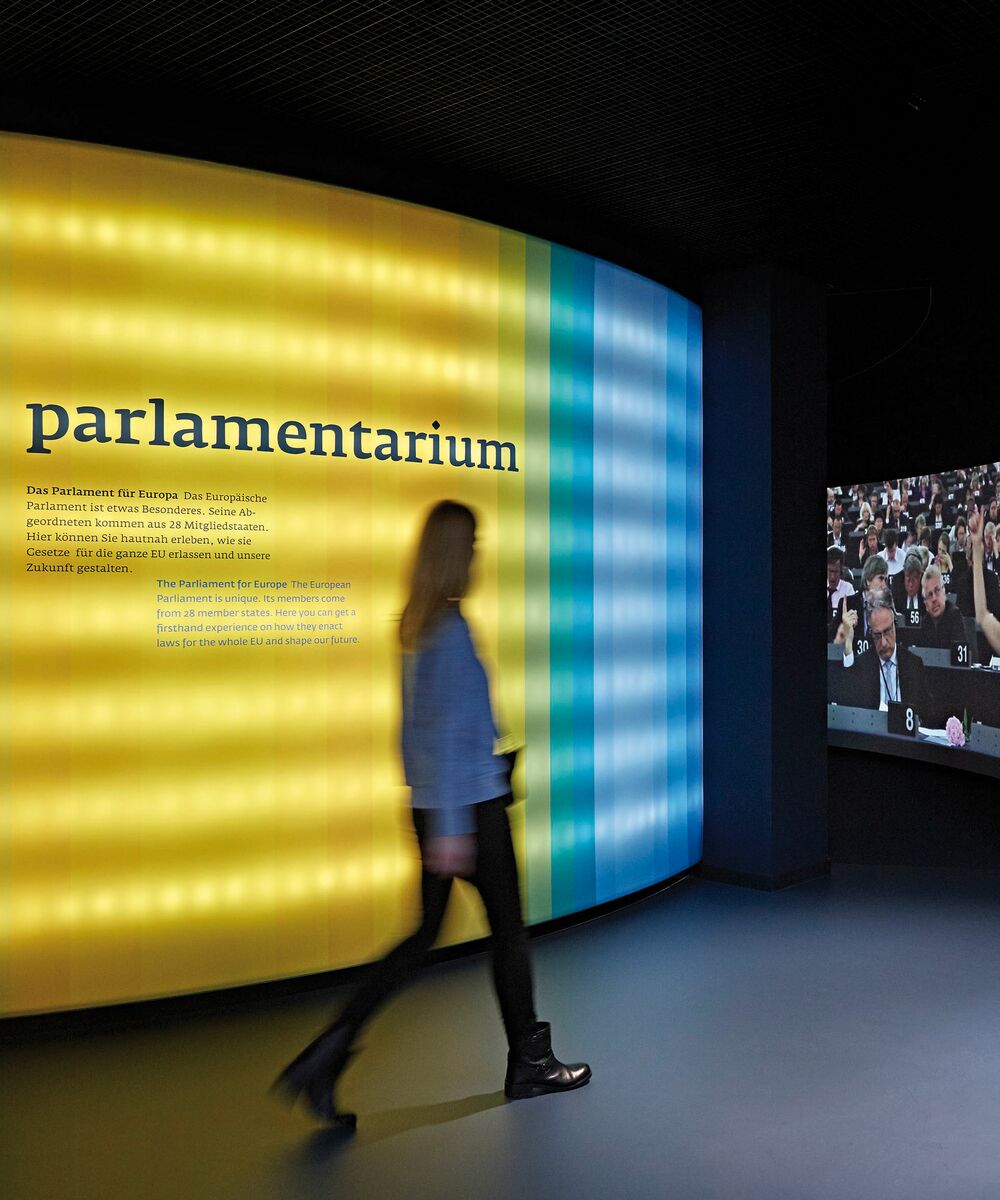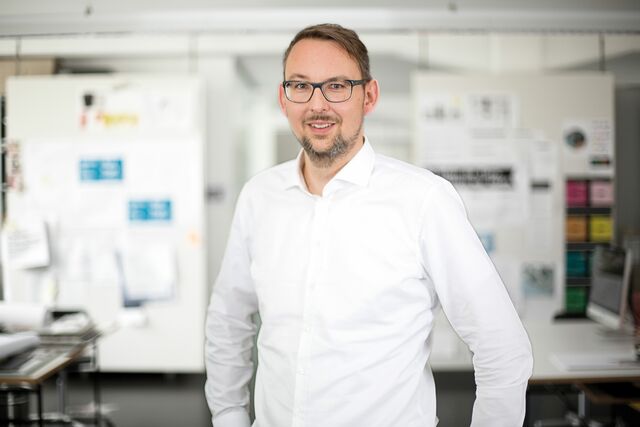- Magazine
- Magazine Issue 1
VIACOR: In Shanghai or Denmark there are special requirements and different kinds of construction companies than in Germany. How do you achieve your quality standard in separate specialist areas across a variety of locations?
René Walkenhorst: In order to guarantee our quality standard, it’s vital that we work very closely with the responsible people on-site during the entire process, from design and planning through to execution and the cons-truction management. This applies to both national and international projects.
VIACOR: Your projects are spaces which have a narrative and leave a lasting impression. In the forefront is an experience which needs to be packaged in a building. Who designs the story, the tour, the experience so to speak?
René Walkenhorst: We design our exhibitions as narrative dramatic compositions. At the start of the project the available resources, stories and information are analysed – this is the starting point of our work. The concepts which have been born from this are then carried over into the space with our creative flair and become an experience for our visitors.

